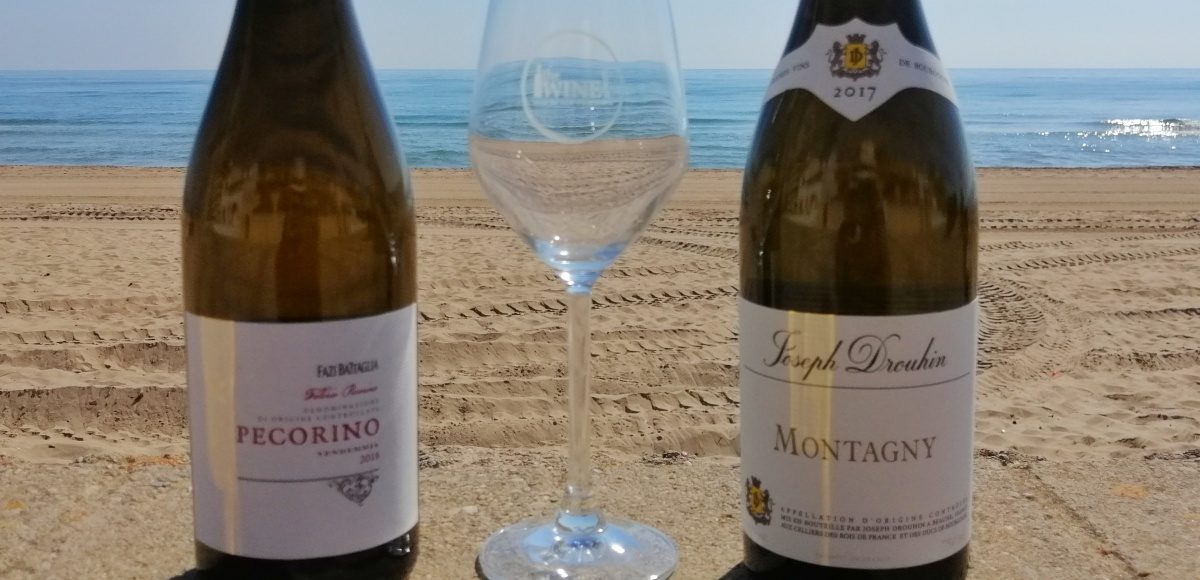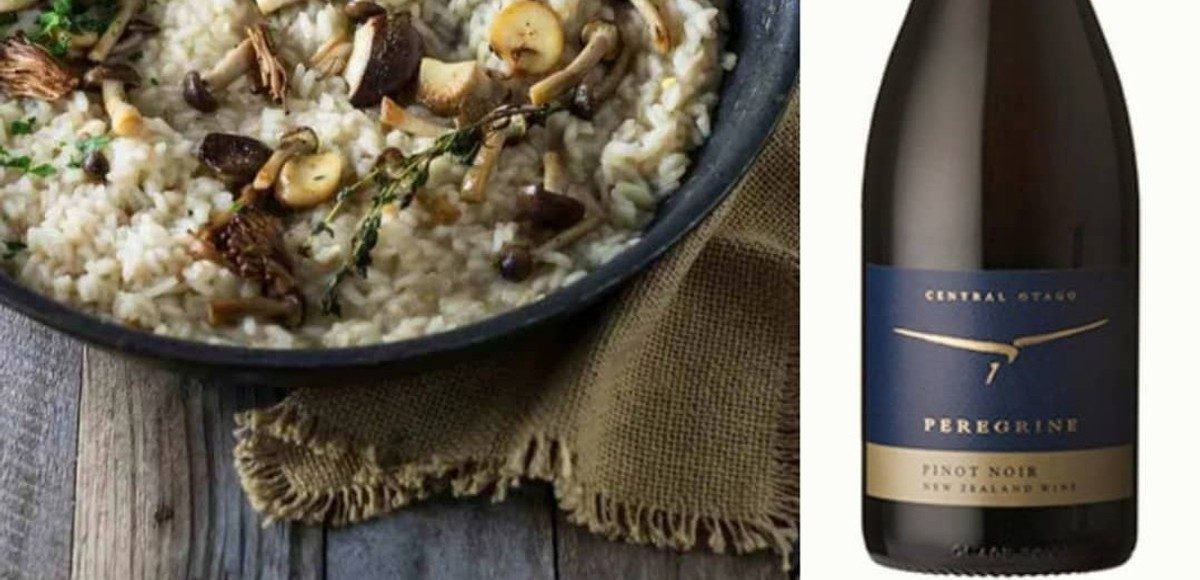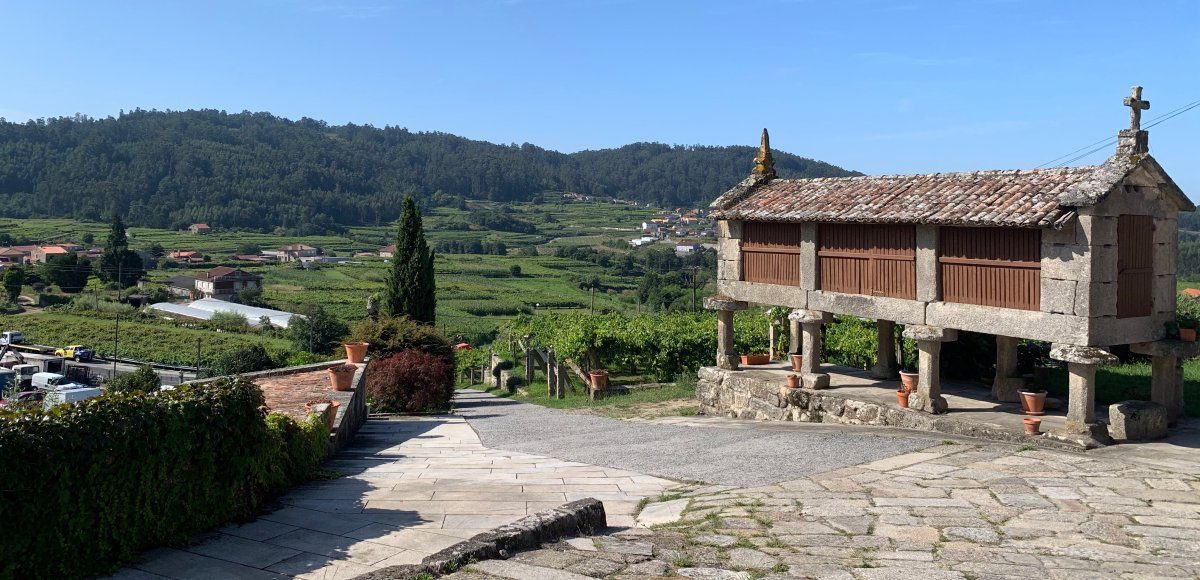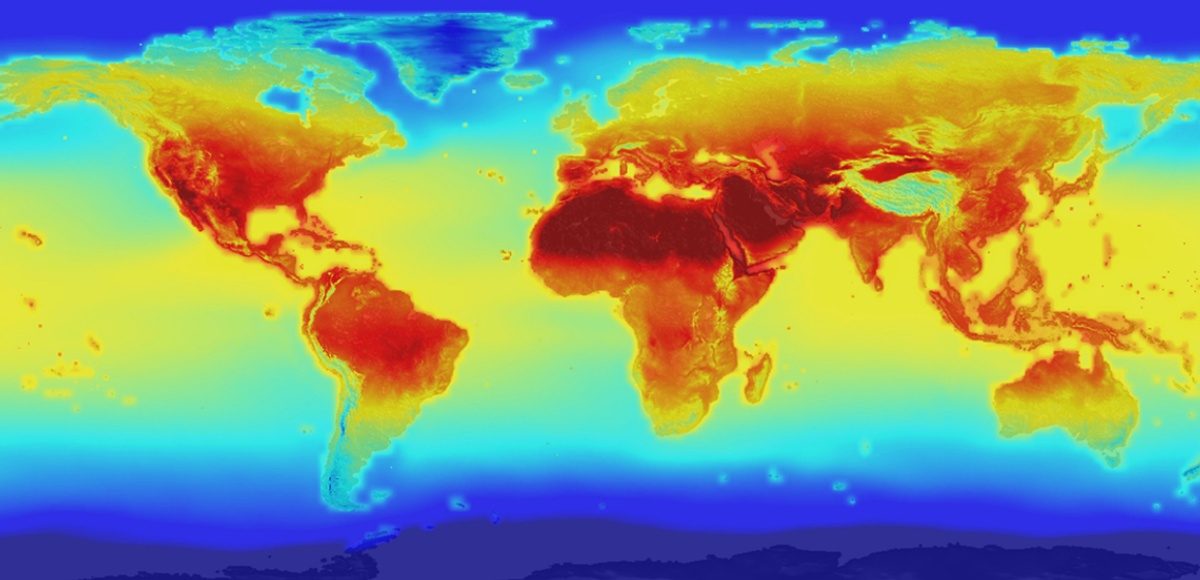Sauvignon Blanc is a white grape that makes wines that are dry and refreshing. They tend to be pale yellow straw colour, verging on light green. Sauvignon Blanc needs a cooler climate ,which helps to retain the aromas, freshness and acidity that we associate with this renowned grape.
The home of Sauvignon Blanc is the Loire Valley in France. Look out for the villages of Sancerre and Pouilly Fumé, which are located opposite each other on the Loire River, where you will find the best wines. You won’t see the name of the grape on the label but wines from these two places are only made from Sauvignon Blanc. The wines tend to be light and crisp with herbaceous aromas of freshly cut grass, ripe green fruits such as gooseberry, and a hint of minerality.
The wide variation in soils in this region is a key factor to the character of the wine. For example in areas that were once under the sea millions large deposits of minerals and fossils which contributes to the minerality of the wines from this area.
Another area I really like is Marlborough in New Zealand. There are similarities with the Sauvignons from the Loire, with the crisp, citrus freshness and fresh cut grass aromas, but wines from Marlborough also have ripe fruit stone fruit flavours like apricots and also tropical fruit flavours. If you smell or taste tropical fruit flavours in a white wine it is an indication that the grapes were riper and or from a warmer vineyard area. In New Zealand it is common practise to blend wines made from grapes grown in cool climate vineyards with those from slightly warmer vineyard areas producing wines with more flavours.
Another characteristic of these wines are the aromas and flavours of asparagus. In Marlborough the vineyards proximity to the sea and hours of exposure to the sun that adds to the flavours and style of the wines.
Other regions where Sauvignon Blanc is grown are Bordeaux in France. Normally Sauvignon Blanc is not blended with other wines, however, in Bordeaux traditionally it is blended with Semillon, which adds body to the wine.
Cool climate areas in Chile such as San Antonio and Ledya Valleys, where the morning fogs and afternoon sea breezes make ideal conditions for premium quality Sauvignon Blanc.
If you like a dry herbaceous style of wine then try Sauvignon Blancs from the coastal regions of Constantia and Elgin in South Africa.
Here in Spain, the region of Rueda, better known for its Verdejo, is the place where you will find the best Sauvignon Blanc.
Served chilled, Sauvignon Blanc is ideal to enjoy as an aperitif. It is also a very versatile food wine due to its backbone of acidity and moderate intensity level of aromas and flavours. Meats such as chicken and pork or fish including Sea Bass and Turbot as well as shellfish.










